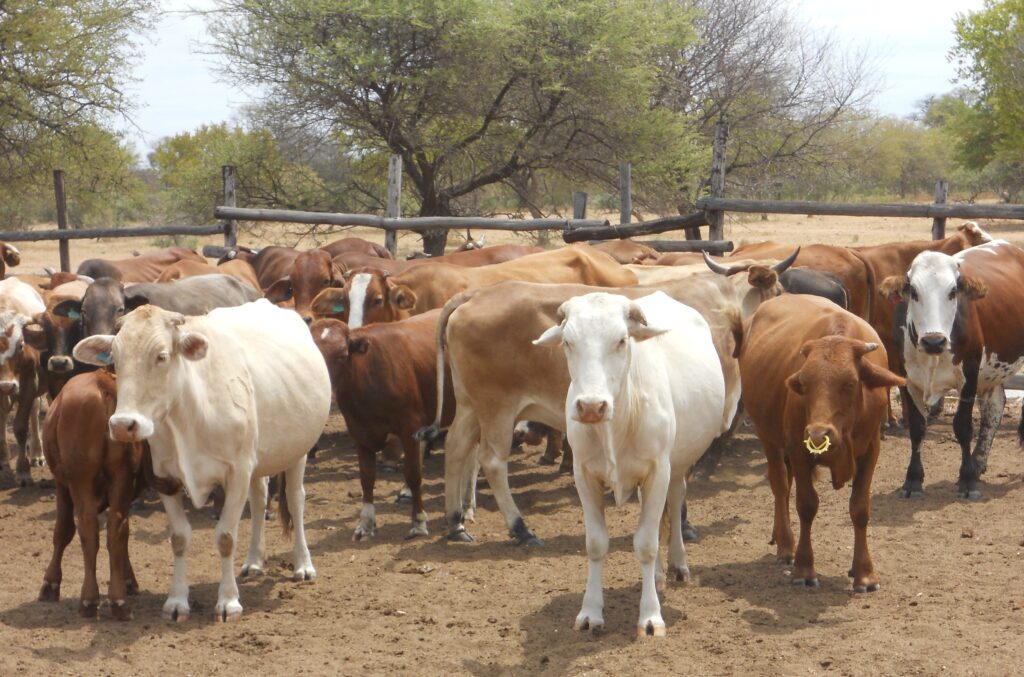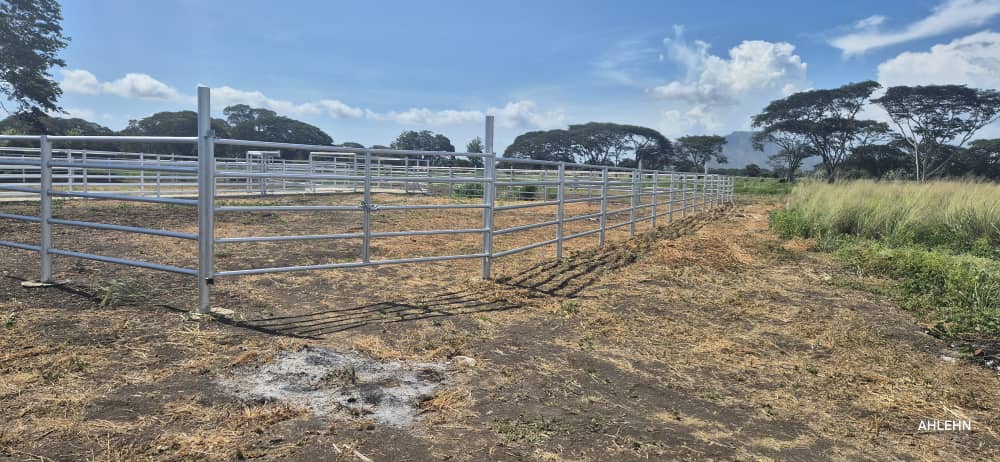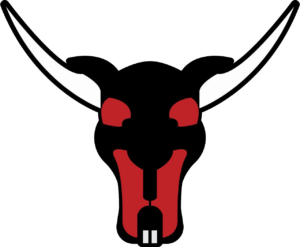

Commercial cattle farming involves raising cattle primarily for production purposes, including beef, milk, and other by-products. The essential elements involved in commercial cattle farming includes:
1. Types of Cattle
- Beef Cattle: Raised for meat production. Common breeds include Angus, Hereford, and Brahman.
- Dairy Cattle: Raised primarily for milk. Popular breeds include Holstein, Jersey, and Guernsey.
2. Production Systems
- Grass-Fed: Cattle are raised on pasture, which can be sustainable but may require more land.
- Grain-Finished: Cattle are fed a grain diet in feedlots to promote faster weight gain before slaughter.
- Dairy Farming: Focused on milking cattle, with specific facilities and practices for milk production.
3. Breeding Practices
- Genetic Selection: Utilizing superior genetics to enhance traits such as growth rate, disease resistance, and milk production.
- Artificial Insemination (AI): Used for breeding to improve genetic diversity and meet production goals.
4. Nutrition Management
- Balanced diets are crucial for optimal growth and production. This typically includes:
- Forages: Grasses and legumes.
- Grains: Corn and soybean meal for energy.
- Minerals and Vitamins: Essential for overall health and production.
5. Health Care and Management
- Regular Veterinary Care: Monitoring for diseases and maintaining vaccinations and health programs.
- Herd Management: Keeping records of breeding, health, and production to make informed decisions.
6. Environmental and Welfare Practices
- Implementing sustainable practices such as rotational grazing to improve soil health.
- Complying with animal welfare standards to ensure humane treatment of cattle.
7. Marketing and Sales
- Understanding market demands and consumer preferences.
- Strategies may include direct sales, contracts with processors, or participating in livestock auctions.
8. Financial Aspects
- Initial investment in land, cattle, and facilities can be significant.
- Ongoing costs include feed, veterinary care, and labor.
- Profitability is influenced by market conditions and production efficiency.
Challenges
- Market Fluctuations: Prices for beef and dairy can be volatile.
- Climate Change: Weather impacts feed availability and herd health.
- Regulatory Compliance: Adhering to local and national laws regarding farming practices.

